The Bible is the sacred text of Christians; it is comprised of the Old and New Testaments. While the New Testament is about the life of Jesus and His impact, the Old Testament is made of the Jewish teachings that have been around for thousands of years.
You may ask, what does this have to do with dinosaurs? Well, most of the descriptions of dinosaur-like creatures are found in the Bible’s Old Testament. Therefore, both Christian and Jewish people can look to these holy texts to see what the Bible says about these ancient beasts.
What Were Dinosaurs?
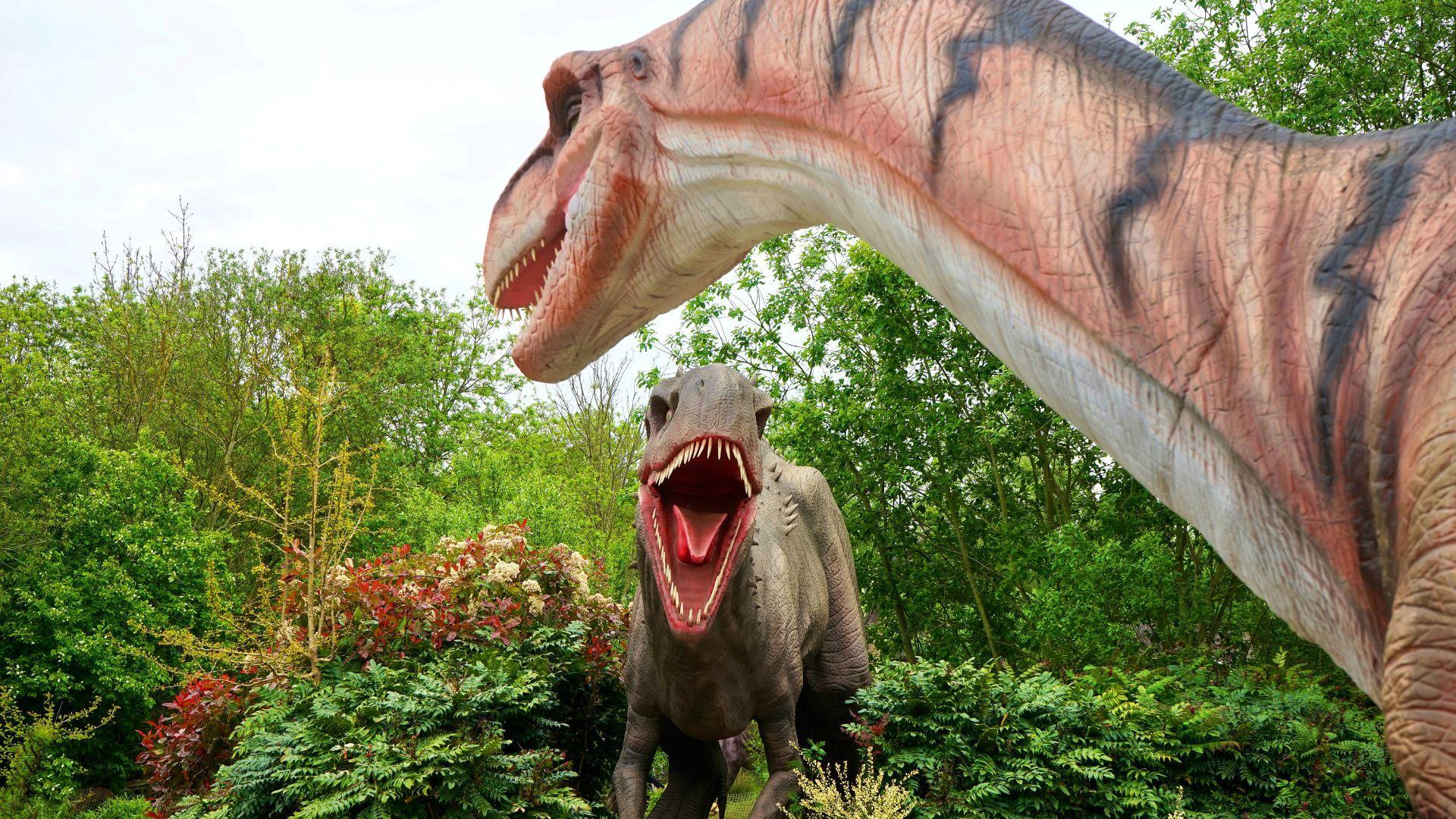
Dinosaurs were large land-dwelling reptiles first appearing around 245 million years ago. Although some refer to the sea and air creatures which existed in the same time period as “dinosaurs”, this is technically wrong.
Most scientists agree that dinosaurs went extinct following the Cretaceous Period, which ended 66 million years ago. However, some researchers hypothesize that a number of dinosaurs actually survived and evolved into various modern birds. These dinosaurs may have made their way into Bible stories, too.
Does the Bible Really Use the Word “Dinosaur”?

The Bible does not use the word “dinosaur” per se, but it does mention what we can recognize as dinosaur-like creatures. The Bible’s stories were first told orally, and then written down and translated into many languages. The word “dinosaur” did not exist when these initial transcriptions and translations were happening.
Paleontologist Sir Richard Owen is credited as creating the term “dinosaur” in the 1800s. It comes from the Greek words _deinos_, meaning ‘horrible,’ and _sauros_, meaning ‘lizard.’
A Dinosaur Debate

Modern scientists have proven the existence of dinosaurs—let’s make that clear. Paleontologists have studied ancient life forms, including dinos, through their research of fossils, bones, and carbon dating.
However, Christian scientists and theologians can struggle with what their holy book says vs. what the science says. The Bible’s teachings should probably not be taken literally, but the debate goes on about whether dinosaurs are actually accounted for in the Bible.
What Exactly are these “Dinosaur-Like Creatures”?
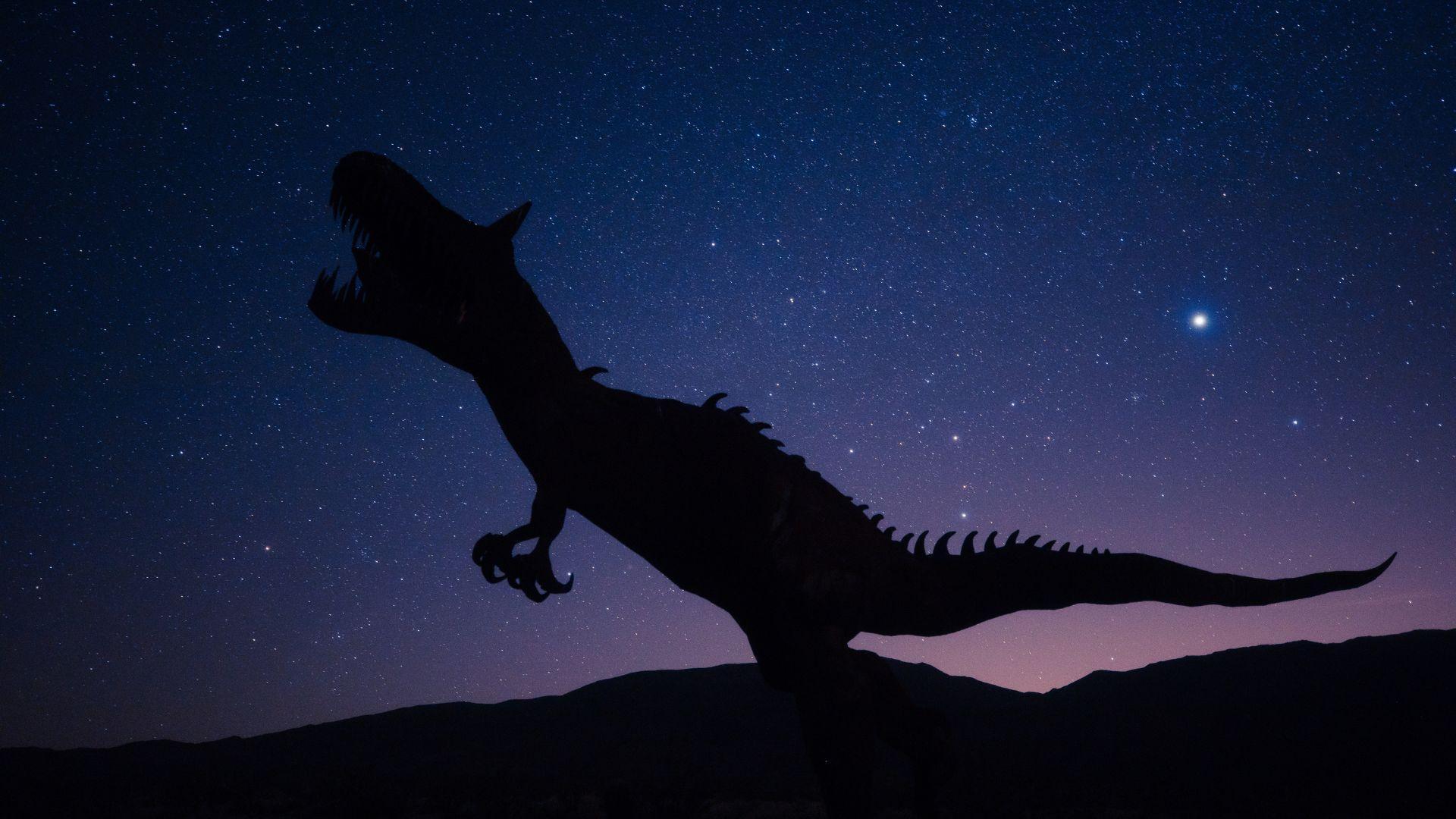
Because the word “dinosaur” didn’t exist until the 1800s, the Bible uses many words that could refer to giant reptiles or what are modernly known as dinosaurs. They are described as dragons, sea serpents, or monsters in English translations.
The Hebrew term that defines these creatures is ‘_tannin’_. It can be translated in several ways, so English translations can vary. These Jewish stories mention _tannin_ numerous times in various books, like Genesis and Job.
The Book of Job: Behemoth
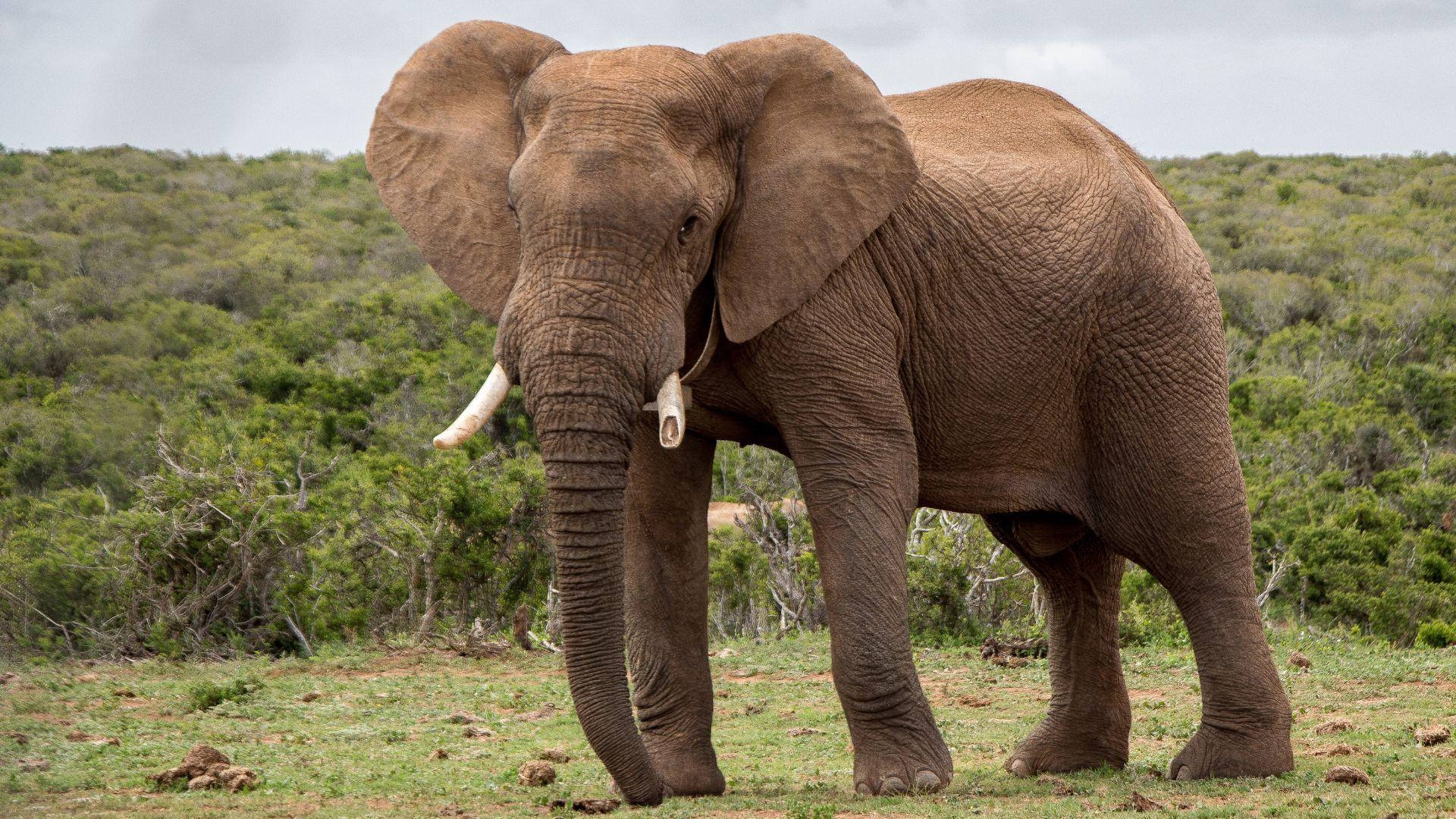
A creature called Behemoth could be a dinosaur mentioned in the Bible. Job 40 describes Behemoth as an herbivore that lives near water. Supposedly, it was a strong and giant creature with a big tail.
Theologians are at odds as to what Behemoth could have been. Some believe it is a reference to an elephant or hippopotamus. Others argue that its description is very dinosaur-like, and it could have been a dinosaur similar to a Saltasaurus or Brachiosaurus.
The Book of Job: Leviathan

Leviathan is another dinosaur-like creature that is mentioned in the Book of Job. In Job 41, Leviathan is described as a sea monster. According to the story, it was the strongest and most dangerous beast that ever lived. Leviathan breathed fire and no weapon could take it down.
Some theologians believe that Leviathan is an exaggerated portrayal of a crocodile. However, this beast is described as incredibly powerful, and therefore, some believe it to be a Biblical dinosaur.
Giant Lizards and Reptiles

Many other Old Testament books and psalms reference the previously mentioned beasts or other giant lizards and reptiles. Psalm 104:26 describes the creation of Leviathan. Isaiah 27:1 prophesizes that God will one day defeat Leviathan.
Interestingly, a later passage, Psalm 74:13-14, praises God for defeating menacing sea monsters. These sea monsters include Leviathan—the prophecy was evidently true!
Tannin: Dinosaurs or Mammals?
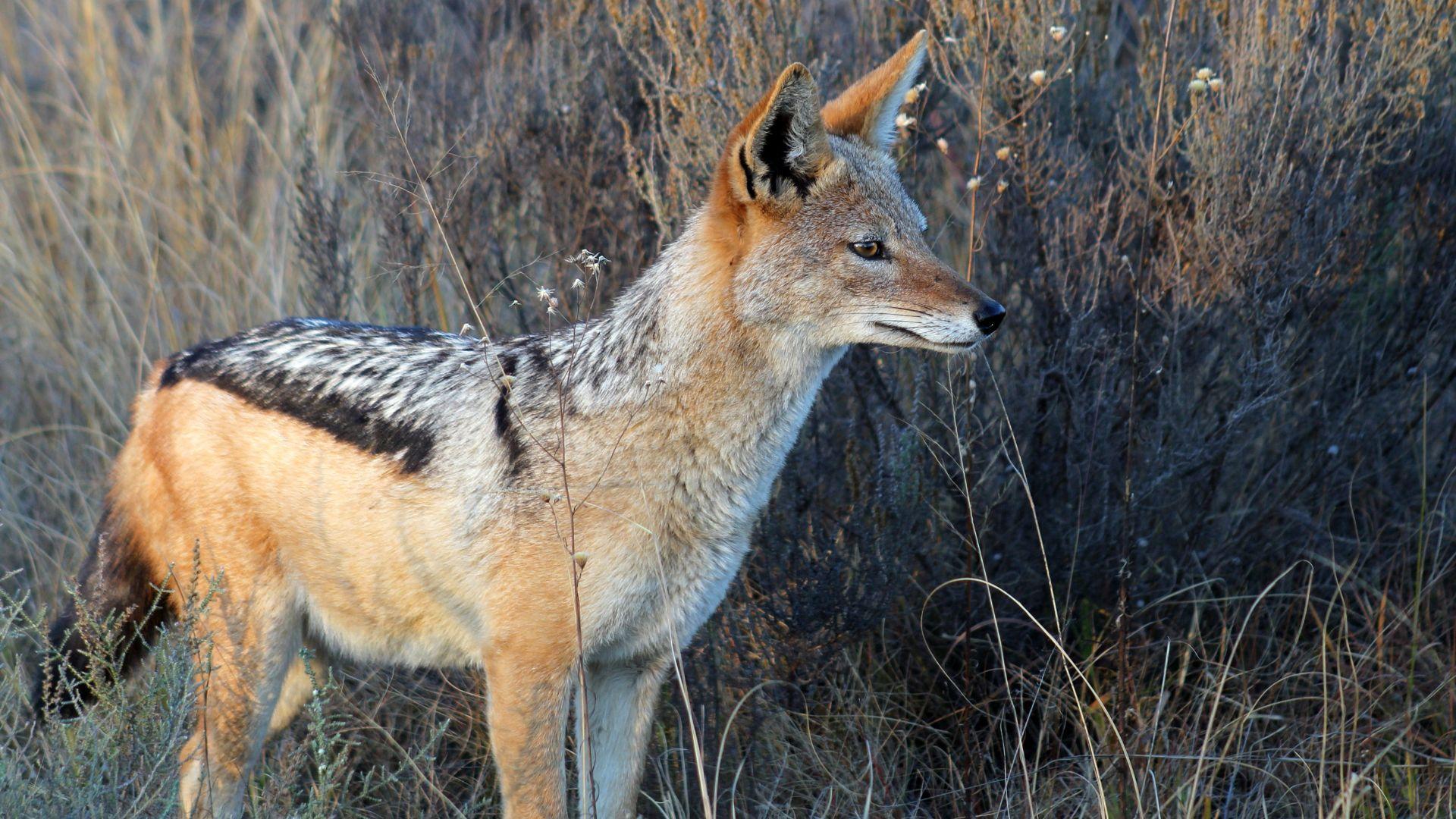
The word “_tannin”_ most commonly refers to dragons, sea monsters, or serpents in the Bible. However, not all theologians agree that all or any tannins were dinosaur-like creatures.
In Hebrew, the plural use of tannin is “_tanninim.” _Tanninim also refers to a group of jackals—a mammal that still exists today—since “_tannim” _is the Hebrew word for a singular jackal. Skeptics say that all references to tannin in the Bible are references to jackals. However, it is silly to pretend that creatures that are obviously described as being dinosaur-like are actually referring to the dog-like jackal just because their Hebrew words are similar.
The Book of Genesis: The Creation of Tanninim

Genesis 1:21 describes the creation of sea and air animals. According to Genesis, God created sea animals on the fifth day in the creation story. The term tanninim appears in this passage, referring to sea creatures.
In this same story, it is said that God created land animals on the sixth day. Jackals are land animals. Therefore, it doesn’t make any sense for tanninim to exclusively refer to jackals in the Bible, considering they wouldn’t have been created with sea animals on day five.
Nacash vs. Tannin

_Tanninim_ can refer to a variety of dreadful creatures. In Exodus and Deuteronomy, tannin refers to a snake or serpent. However, in other books—such as a passage in Exodus 4—the term “nachash” is used in reference to a snake.
Essentially, the word “tannin” has many definitions. It can refer to snakes, sea monsters like Leviathan, and perhaps even dinosaurs.
Dinos in the Bible: Fact or Fiction?
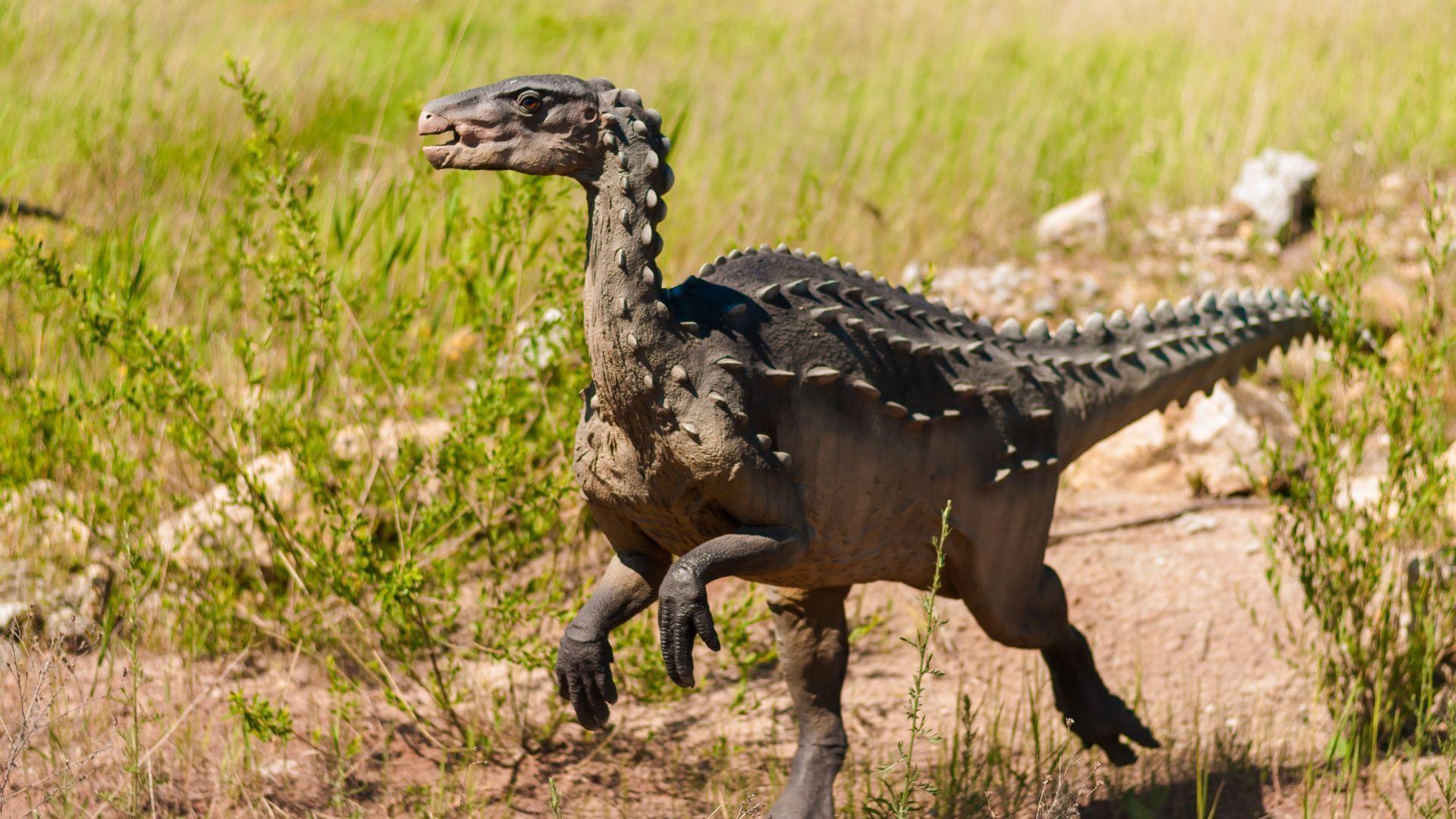
Although the Bible doesn’t mention dinosaurs explicitly, it certainly mentions a number of terrifying dinosaur-like creatures.
Like many aspects of religious texts, it is up to the reader to interpret what these ancient writings mean. Perhaps these creatures were descendants of dinosaurs. Perhaps they are creatures we are familiar with today, like elephants and crocodiles. Perhaps they are all metaphors! It’s up to you to decide what to take from these stories.

